Home>Garden Essentials>What Is A Ground Cover Plant


Garden Essentials
What Is A Ground Cover Plant
Modified: March 7, 2024
Discover the benefits of using ground cover plants in your garden. Enhance the aesthetics, control weeds, and promote soil health with these versatile plants.
(Many of the links in this article redirect to a specific reviewed product. Your purchase of these products through affiliate links helps to generate commission for Storables.com, at no extra cost. Learn more)
Introduction
Welcome to the world of garden landscaping! If you’re passionate about gardening and are looking for ways to enhance the beauty and functionality of your outdoor space, then you’ve come to the right place. One of the key elements in creating a stunning garden is choosing the right plants to complement your design. Today, we’ll be delving into the enchanting world of ground cover plants.
Ground cover plants, also known as cover crops or groundcovers, are low-growing plants that spread horizontally across the ground, providing a lush and carpet-like covering. These plants serve multiple purposes, including weed suppression, erosion control, moisture retention, and adding visual interest to the landscape.
In this article, we’ll explore the definition and purpose of ground cover plants, uncover the benefits of incorporating them into your garden, take a closer look at the different types of ground cover plants available, and discuss the factors to consider when selecting the right plants for your specific needs. We’ll also provide you with essential tips on planting and maintaining ground cover plants, as well as common mistakes to avoid.
So, sit back, relax, and allow us to guide you through the wonderful world of ground cover plants. By the end of this article, you’ll have the knowledge and confidence to transform your garden into a breathtaking oasis.
Key Takeaways:
- Ground cover plants are low-growing, functional, and beautiful additions to any garden. They help control weeds, prevent erosion, retain moisture, and create a visually appealing landscape.
- When choosing ground cover plants, consider factors like climate, sunlight, soil, and maintenance needs. Proper planting, watering, and maintenance are essential for their health and longevity.
Read more: What Are Good Ground Cover Plants
Definition and Purpose of Ground Cover Plants
Ground cover plants are a category of low-growing plants that spread and form a dense mat, covering the ground and suppressing weeds. These plants typically have shallow root systems and are known for their ability to withstand foot traffic and harsh conditions, making them ideal for a variety of landscaping purposes.
The primary purpose of incorporating ground cover plants in your garden is to provide an attractive and functional landscape. By covering bare soil, they prevent soil erosion and help to retain moisture, reducing the need for frequent watering. Ground cover plants also act as natural mulch, insulating the soil and regulating its temperature.
An essential role of ground cover plants is weed suppression. Their dense growth habit shades the soil, making it challenging for weeds to germinate and compete for nutrients and sunlight. This feature serves as a natural and sustainable weed control method, reducing the need for chemical herbicides.
Furthermore, ground cover plants create a visually appealing carpet-like effect, adding texture, color, and dimension to your garden. They can serve as a unifying element, connecting different parts of your landscape and providing a seamless transition between garden beds.
In addition to enhancing the aesthetics of your garden, ground cover plants offer practical benefits. They act as a natural living mulch, cooling the soil and reducing evaporation, which is especially beneficial in hot and dry climates. These plants also reduce the need for excessive mowing or maintenance in hard-to-reach areas, such as slopes or small spaces.
Ground cover plants have a wide range of applications in garden design. They can be used to create beautiful borders and pathways, fill in gaps between larger plants, control soil erosion on slopes, and provide ground cover in areas where grass struggles to grow.
Overall, ground cover plants are a versatile addition to any garden, offering both aesthetic appeal and practical benefits. Whether you have a small backyard or a sprawling landscape, incorporating these plants can transform your outdoor space into a stunning and low-maintenance haven.
Benefits of Using Ground Cover Plants
Choosing to incorporate ground cover plants in your garden offers a multitude of benefits. From enhancing the overall aesthetics to providing environmental advantages, these plants can truly transform your outdoor space. Let’s explore some of the key benefits of using ground cover plants:
- Weed suppression: Ground cover plants form a dense mat that shades the soil, making it difficult for weeds to thrive. This helps in reducing the need for manual weeding or the use of chemical herbicides, making your garden more sustainable.
- Erosion control: The spreading habit of ground cover plants helps to anchor the soil and prevent erosion. They work exceptionally well on slopes or areas with loose soil, providing stability and protection against soil loss.
- Moisture retention: By covering the soil, ground cover plants help to reduce evaporation and retain moisture. This is especially beneficial in dry climates or during periods of drought, as it minimizes water requirements and promotes healthier plant growth.
- Temperature moderation: Ground cover plants act as a natural insulator for the soil, helping to regulate its temperature. They provide protection against extreme weather conditions, keeping the soil cooler in hot summers and warmer in cold winters.
- Low maintenance: Once established, ground cover plants require minimal maintenance. They typically have slow growth rates and are well-adapted to the local climate, reducing the need for regular watering or fertilization. This makes them an excellent choice for busy gardeners or areas that are hard to access.
- Biodiversity and habitat creation: Ground cover plants provide shelter and food sources for beneficial insects, birds, and other wildlife. They contribute to creating a diverse and thriving ecosystem in your garden, promoting biodiversity and ecological balance.
- Visual appeal: With their sprawling growth habit and variety of colors, ground cover plants add texture and visual interest to your garden. They can be used to create stunning borders, highlight focal points, or fill in gaps between larger plants, enhancing the overall beauty of your landscape.
- Sustainable landscaping: By reducing the need for chemicals, excessive watering, and frequent maintenance, ground cover plants contribute to sustainable landscaping practices. They help to conserve water, promote soil health, and minimize the ecological impact of gardening.
Incorporating ground cover plants in your garden provides a range of benefits that go beyond mere aesthetics. From controlling weeds to conserving water and supporting biodiversity, these plants offer a practical and environmentally friendly solution for creating a beautiful and sustainable outdoor space.
Types of Ground Cover Plants
Ground cover plants come in a wide variety of species, each with its unique characteristics and growth habits. When selecting ground cover plants for your garden, it’s essential to consider factors such as the local climate, soil conditions, and desired aesthetic. Here are some popular types of ground cover plants to consider:
- Creeping Thyme (Thymus spp.): This aromatic herb is known for its low-growing, spreading habit and its ability to withstand foot traffic. Creeping thyme forms a dense carpet of tiny leaves and produces delicate flowers in various shades of pink, white, and purple.
- Corsican Mint (Mentha requienii): This fragrant ground cover is ideal for filling in between stepping stones or in areas with partial shade. Corsican mint forms a dense mat of tiny, rounded leaves and features tiny lavender flowers in the summer.
- Allegheny Pachysandra (Pachysandra procumbens): This evergreen ground cover thrives in shaded areas and creates a lush carpet of dark green leaves. It produces small white flowers in the spring and adds an elegant touch to woodland gardens.
- Blue Star Creeper (Isotoma fluviatilis): This low-growing perennial forms a dense mat of small, star-shaped blue flowers and delicate green foliage. Blue star creeper is well-suited for filling in gaps between stepping stones or as a border plant.
- English Ivy (Hedera helix): A popular choice for its versatility and evergreen foliage, English ivy is adaptable to various growing conditions. It can be trained to climb walls or trellises, but it also makes an excellent ground cover, with its trailing vines and distinctive lobed leaves.
- Ajuga (Ajuga reptans): This hardy perennial ground cover features dark green leaves and spiky flower spikes in shades of blue, pink, or white. Ajuga is perfect for shady areas and adds a pop of color to borders or woodland gardens.
- Creeping Jenny (Lysimachia nummularia): Also known as Moneywort, this fast-spreading ground cover has bright green, rounded leaves and produces small, yellow flowers. Creeping Jenny thrives in moist, well-draining soil and is an excellent choice for water features or hanging baskets.
These are just a few examples of the many ground cover plants available. Other options include sedums, vinca, thyme, phlox, and sweet woodruff, among others. When choosing ground cover plants, consider their growth habit, sunlight requirements, soil preferences, and local climate to ensure that they will thrive in your specific garden conditions.
By selecting a combination of ground cover plants with different textures, colors, and flowering periods, you can create a visually striking and dynamic landscape that will be the envy of your neighbors.
When choosing a ground cover plant, consider factors such as the amount of sunlight and water it needs, its growth habits, and how it will complement the rest of your garden. Some popular ground cover plants include creeping thyme, sedum, and vinca.
Factors to Consider when Choosing Ground Cover Plants
Choosing the right ground cover plants for your garden requires thoughtful consideration of various factors. From the local climate to the growth habit of the plants, each element plays a crucial role in determining their suitability. Here are some key factors to consider when selecting ground cover plants:
- Climate: Consider the climate and hardiness zone of your region. Some ground cover plants are better suited for colder climates, while others thrive in hot and arid conditions. Choose plants that are well-adapted to your local climate to ensure their success.
- Sunlight requirements: Determine the amount of sunlight that your selected area receives throughout the day. Some ground cover plants prefer full sun, while others thrive in partial shade or shade. Matching the sunlight requirements of the plants with the available light in your garden is crucial for their growth and health.
- Soil conditions: Assess the soil composition and drainage in the area where you plan to plant ground cover. Some plants prefer well-draining soil, while others can tolerate moist or even soggy conditions. Make sure the soil conditions are suitable for the chosen ground cover plants to prevent issues such as root rot or poor growth.
- Growth habit: Consider the growth habit of the ground cover plants and how it will suit your landscaping needs. Some plants spread by runners and create a dense mat, ideal for weed suppression and filling in large areas. Others have a clumping or trailing growth habit, making them perfect for hanging baskets or cascading over walls.
- Maintenance requirements: Evaluate the amount of time you can dedicate to the maintenance of your garden. Some ground cover plants require regular pruning or trimming to keep them in check, while others are low-maintenance and require minimal care. Choose plants that align with your desired level of maintenance commitment.
- Aesthetic appeal: Consider the overall look and feel you want to achieve in your garden. Select ground cover plants that complement your existing landscape design and provide the desired visual impact. Pay attention to factors such as foliage color, texture, and flowering period to create a harmonious and visually pleasing garden.
- Invasiveness: Research the potential invasiveness of the ground cover plants you’re considering. Some species can become aggressive and spread rapidly, overtaking neighboring plants and becoming difficult to control. Choose non-invasive or well-behaved ground cover plants to prevent future problems in your garden.
By carefully considering these factors, you can ensure that the ground cover plants you select will thrive in your specific garden conditions and meet your aesthetic preferences. Don’t hesitate to consult with local gardening experts or visit nurseries to gather more information and advice on choosing the right ground cover plants for your garden.
Read more: What To Plant In Plastic Ground Cover
How to Plant and Maintain Ground Cover Plants
Planting and maintaining ground cover plants is relatively simple, but there are a few key steps to follow to ensure their success. Here is a step-by-step guide on how to plant and maintain ground cover plants in your garden:
- Prepare the soil: Start by preparing the soil in the designated planting area. Remove any weeds, rocks, or debris, and loosen the soil with a garden fork or tiller. Amend the soil with organic matter, such as compost, to improve its structure and fertility.
- Choose the right spacing: Determine the recommended spacing for the specific ground cover plants you are planting. Follow the spacing guidelines to ensure that the plants have enough room to spread and fill in the area effectively. This will help prevent overcrowding and competition for resources.
- Planting: Dig a hole slightly larger than the root ball of the ground cover plant. Gently remove the plant from its container and place it in the hole, ensuring that the top of the root ball is level with the surrounding soil. Backfill the hole, gently firming the soil around the plant. Water thoroughly after planting.
- Provide adequate water: During the initial establishment period, ground cover plants will require regular watering. Keep the soil consistently moist but not waterlogged. Once the plants are established, reduce the frequency of watering, allowing the soil to dry slightly between waterings. However, monitor the moisture levels, especially during hot and dry periods.
- Mulching: Apply a layer of mulch around the base of the ground cover plants to help retain moisture, suppress weeds, and regulate soil temperature. Use organic mulch, such as wood chips or shredded leaves, and spread it in a thin layer, keeping it a few inches away from the plant stems to prevent rotting.
- Regular maintenance: To keep ground cover plants healthy and looking their best, regular maintenance is necessary. This includes pruning or trimming to control their growth and shape, removing any dead or damaged foliage, and periodically thinning out overcrowded areas to allow for better air circulation.
- Fertilization: Ground cover plants generally do not require heavy fertilization. However, you can apply a slow-release, balanced fertilizer in the spring to promote healthy growth and flowering. Follow the product instructions for the appropriate dosage and application method.
- Monitor for pests and diseases: Keep an eye out for any signs of pests or diseases on your ground cover plants. Common issues may include aphids, snails, or fungal infections. Take prompt action if you notice any problems by using organic pest control methods or consulting with a local gardening expert.
- Propagation: If you wish to expand your ground cover area or want to propagate new plants, some ground cover plants can be propagated through division or stem cuttings. Research specific propagation techniques for the particular plants you are working with.
By following these planting and maintenance guidelines, you can ensure that your ground cover plants thrive and provide the desired coverage and beauty in your garden. Remember to regularly monitor your plants, adjust watering as needed, and address any issues promptly to keep your ground cover plants healthy and vibrant.
Common Mistakes to Avoid with Ground Cover Plants
While ground cover plants are relatively easy to grow and maintain, there are certain common mistakes that gardeners can make. Being aware of these pitfalls will help you avoid problems and ensure the success of your ground cover plants. Here are some common mistakes to avoid:
- Choosing the wrong plant: One of the biggest mistakes is selecting ground cover plants that are not suitable for your specific garden conditions. Consider factors such as sunlight, soil drainage, and climate when choosing your plants.
- Incorrect spacing: Planting ground cover plants either too close together or too far apart can impact their growth and overall appearance. Make sure to follow the recommended spacing guidelines to allow your plants to spread and fill in the area effectively.
- Insufficient weed control: While ground cover plants help suppress weeds, it is still essential to keep the area relatively weed-free. Clear any existing weeds before planting and regularly monitor and remove any weeds that may emerge to prevent competition for resources.
- Overwatering or underwatering: Proper watering is essential for the health of ground cover plants. Avoid overwatering, as it can lead to root rot and other issues. Likewise, underwatering can result in stunted growth and poor establishment. Find the right balance by monitoring soil moisture levels and adjusting watering accordingly.
- Ignoring maintenance: Ground cover plants require regular maintenance to keep them healthy and looking their best. Neglecting necessary tasks such as pruning, trimming, and removing dead foliage can lead to overcrowding, decreased vigor, and an overall untidy appearance.
- Excessive fertilization: Avoid over-fertilizing ground cover plants. Excessive fertilization can result in excessive growth or increased susceptibility to pests and diseases. Follow the recommended guidelines for fertilization, and pay attention to the specific needs of your plants.
- Failure to monitor pests and diseases: Ground cover plants, like any other plants, can be susceptible to pests and diseases. Regularly inspect your plants for any signs of infestation or disease and take appropriate action if necessary. Early detection and intervention are key to preventing further damage.
- Not considering long-term growth: Some ground cover plants have aggressive growth habits and can quickly take over an area if not properly managed. Be mindful of the long-term growth potential of your chosen plants and plan accordingly to prevent them from spreading beyond desired boundaries.
- Disregarding invasiveness: Certain ground cover plants can be invasive and cause ecological problems by outcompeting native plants. Research and choose non-invasive ground cover plants that are well-behaved and do not pose a threat to the local ecosystem.
By avoiding these common mistakes, you will set your ground cover plants up for success, ensuring their health, longevity, and the desired coverage and beauty in your garden. Remember to educate yourself about the specific needs and characteristics of the ground cover plants you choose, and don’t hesitate to seek advice from gardening experts when needed.
Conclusion
Ground cover plants are not only functional but also add a touch of beauty and charm to your garden. These low-growing plants serve multiple purposes such as weed suppression, erosion control, moisture retention, and creating a visually appealing landscape. By selecting the right ground cover plants for your specific garden conditions, you can enjoy the numerous benefits they offer.
When choosing ground cover plants, consider factors such as the local climate, sunlight requirements, soil conditions, and maintenance needs. Be mindful of their growth habit and potential invasiveness to ensure a well-behaved and sustainable garden. By thoroughly researching and planning, you can create a balanced and aesthetically pleasing landscape that thrives for years.
Planting and maintaining ground cover plants require proper soil preparation, planting techniques, and sufficient watering. Regular maintenance, including pruning and monitoring for pests and diseases, is essential to keep ground cover plants healthy and vibrant. Avoid common mistakes such as incorrect spacing, overwatering or underwatering, neglecting maintenance, and ignoring invasiveness to ensure the success of your ground cover plants.
In conclusion, ground cover plants are a valuable addition to any garden. They provide functional benefits, enhance the overall aesthetics, and contribute to a sustainable and low-maintenance landscape. With careful planning, proper care, and attention to detail, you can create a stunning garden that is not only visually appealing but also environmentally friendly. So, start exploring the wide variety of ground cover plants available and embark on your journey to transform your garden into a captivating oasis.
Frequently Asked Questions about What Is A Ground Cover Plant
Was this page helpful?
At Storables.com, we guarantee accurate and reliable information. Our content, validated by Expert Board Contributors, is crafted following stringent Editorial Policies. We're committed to providing you with well-researched, expert-backed insights for all your informational needs.

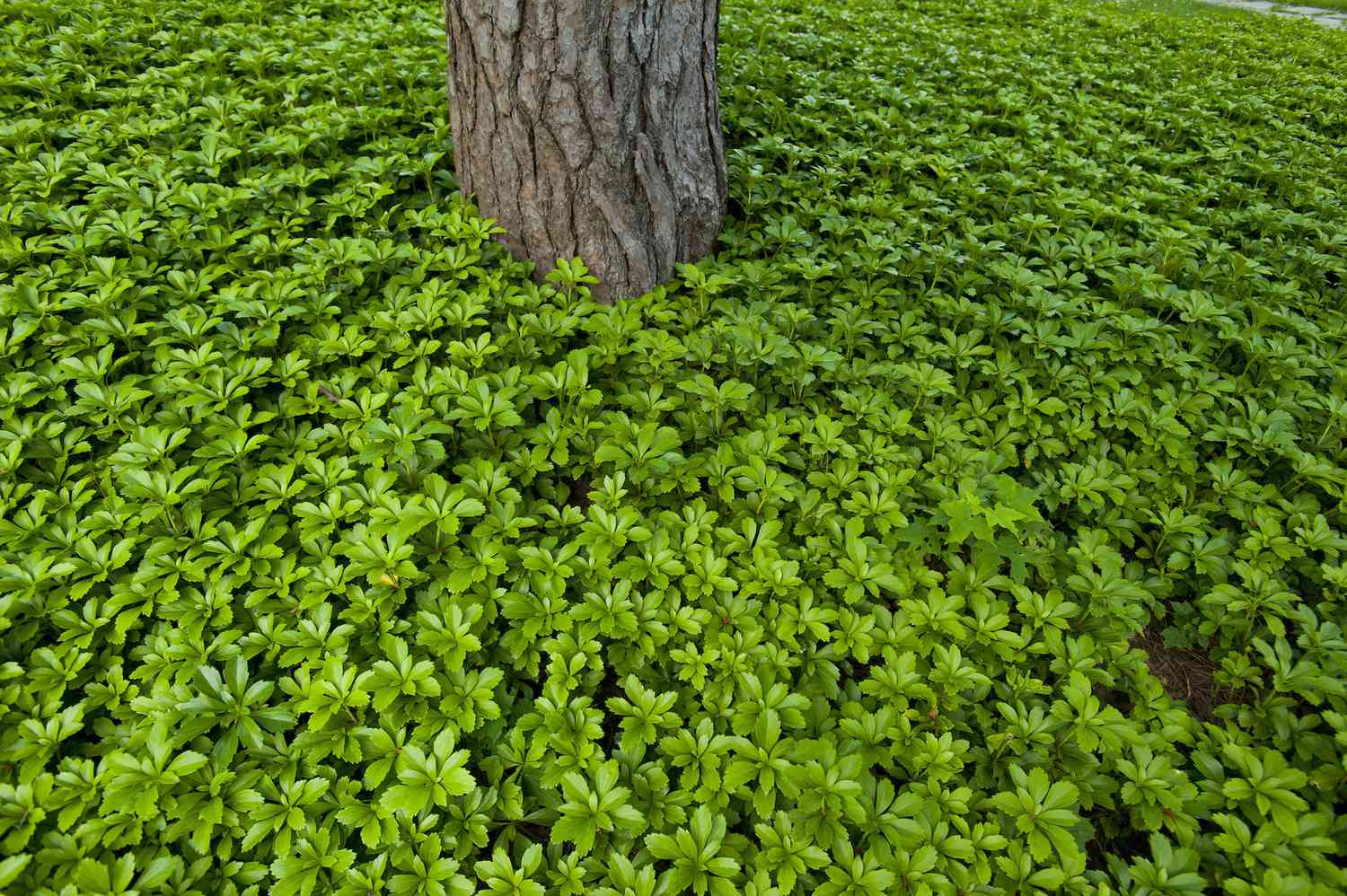
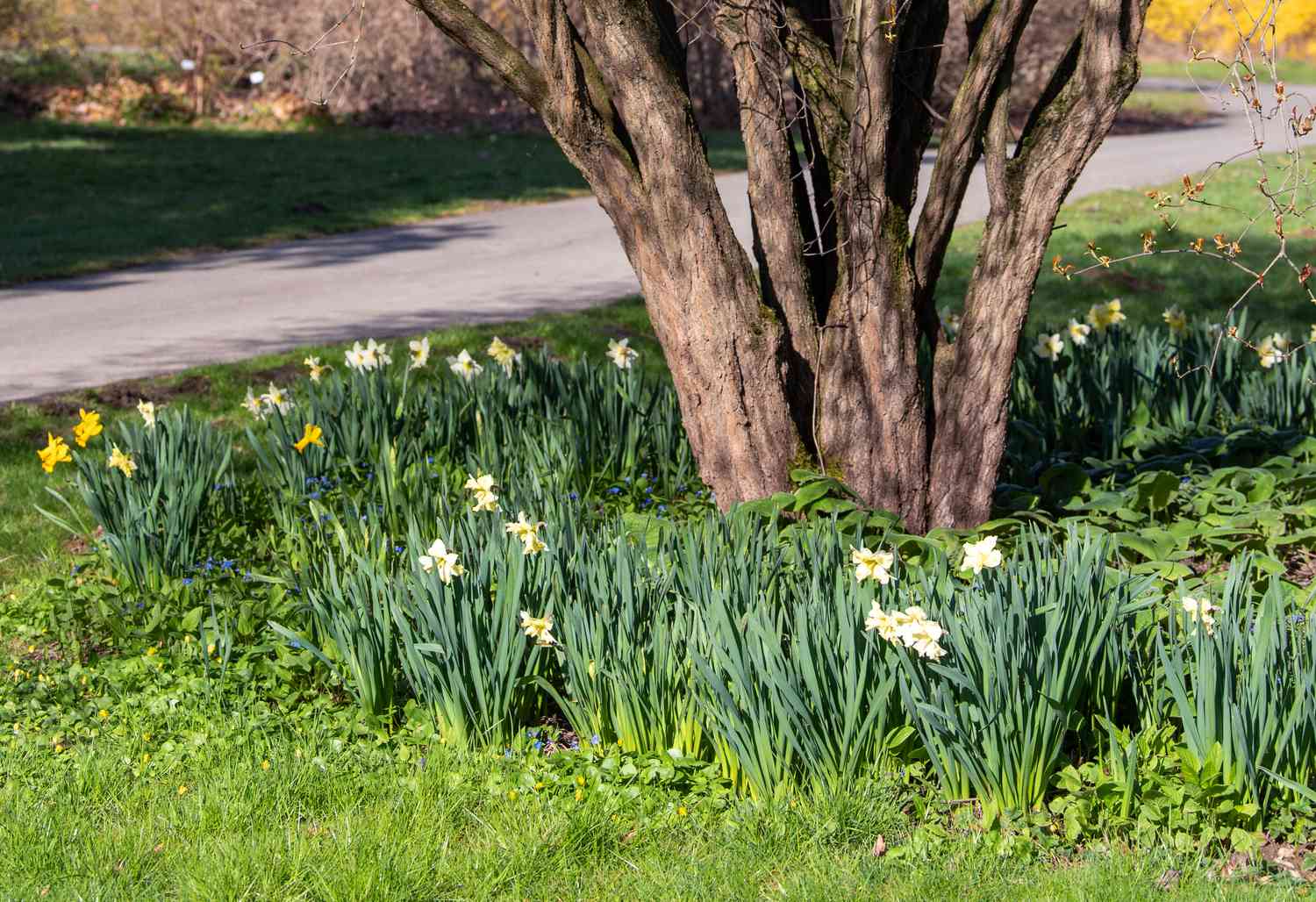
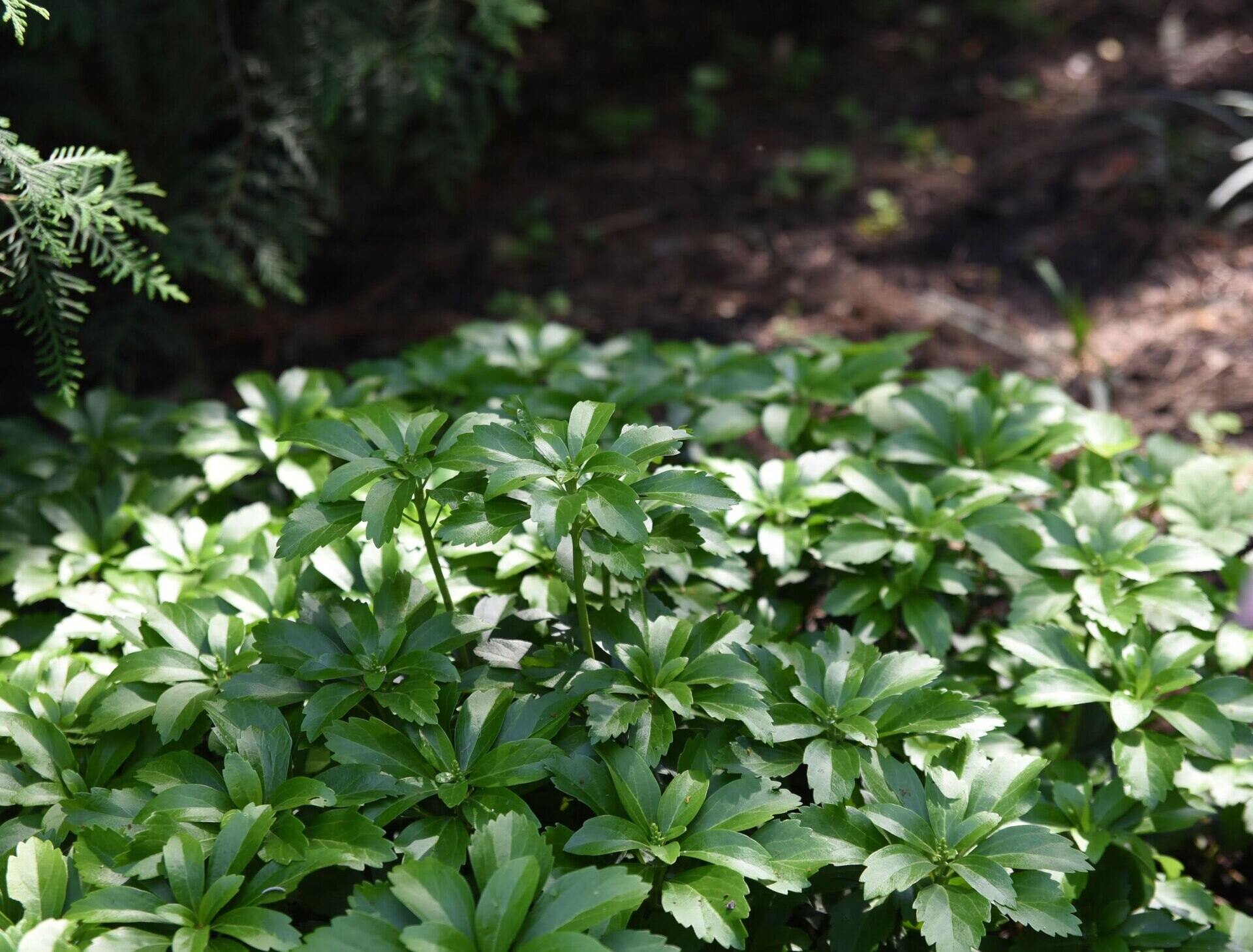
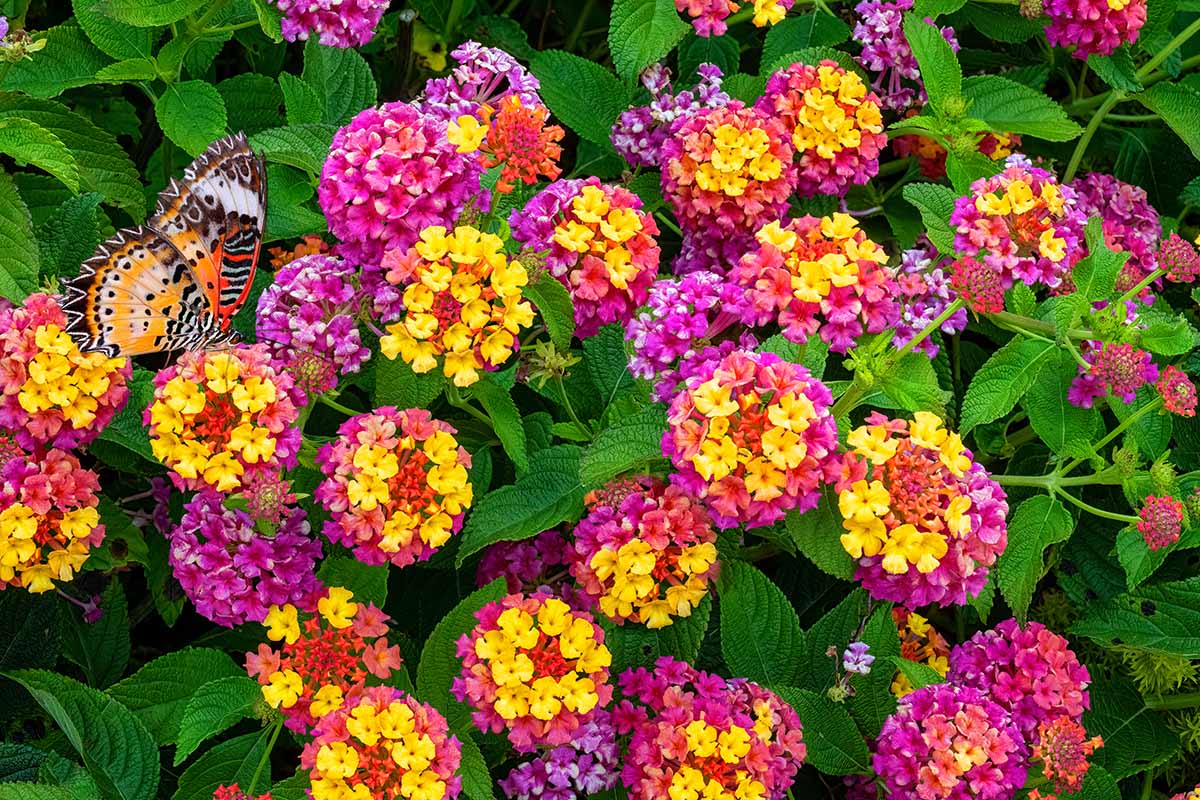
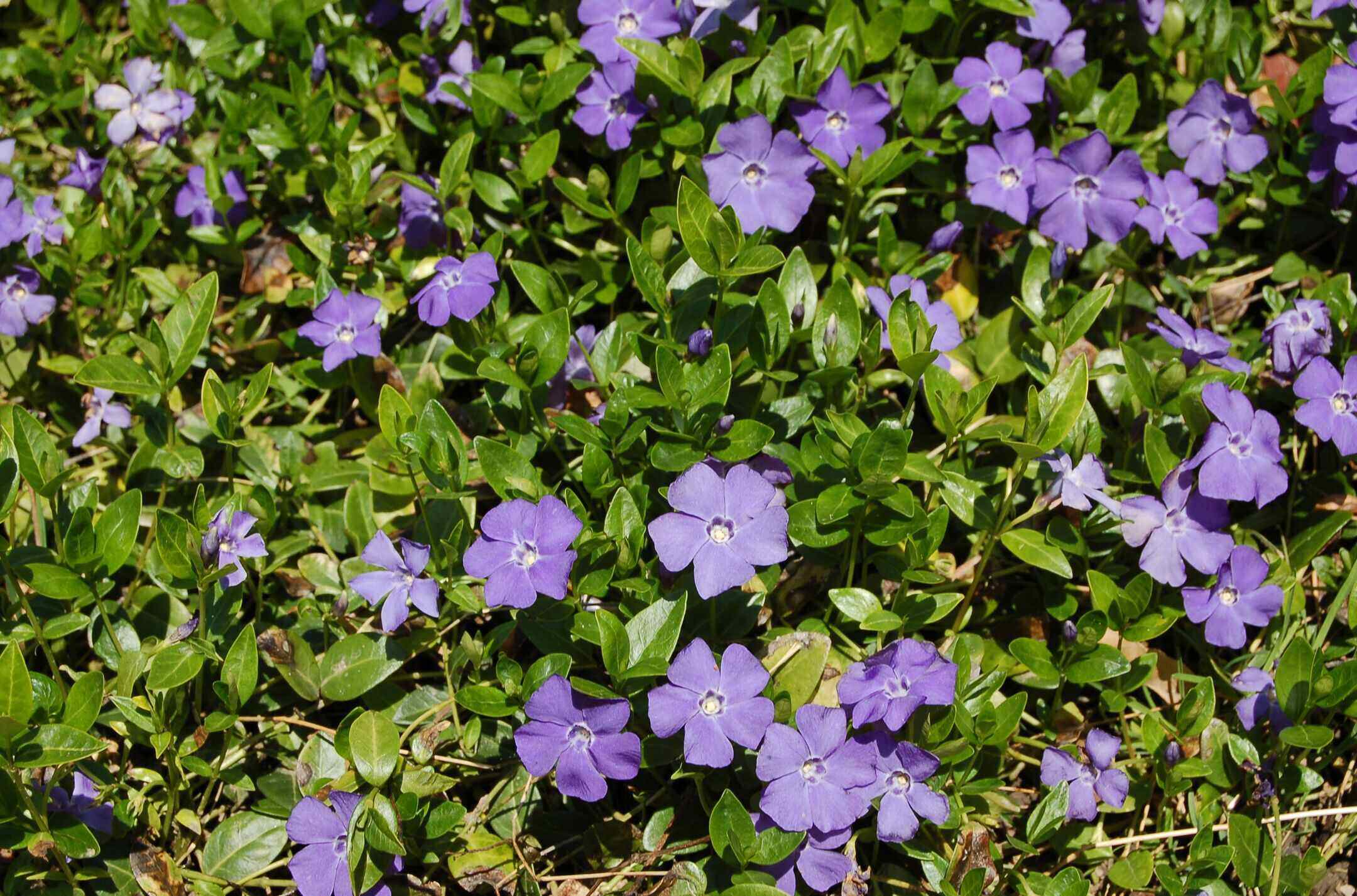

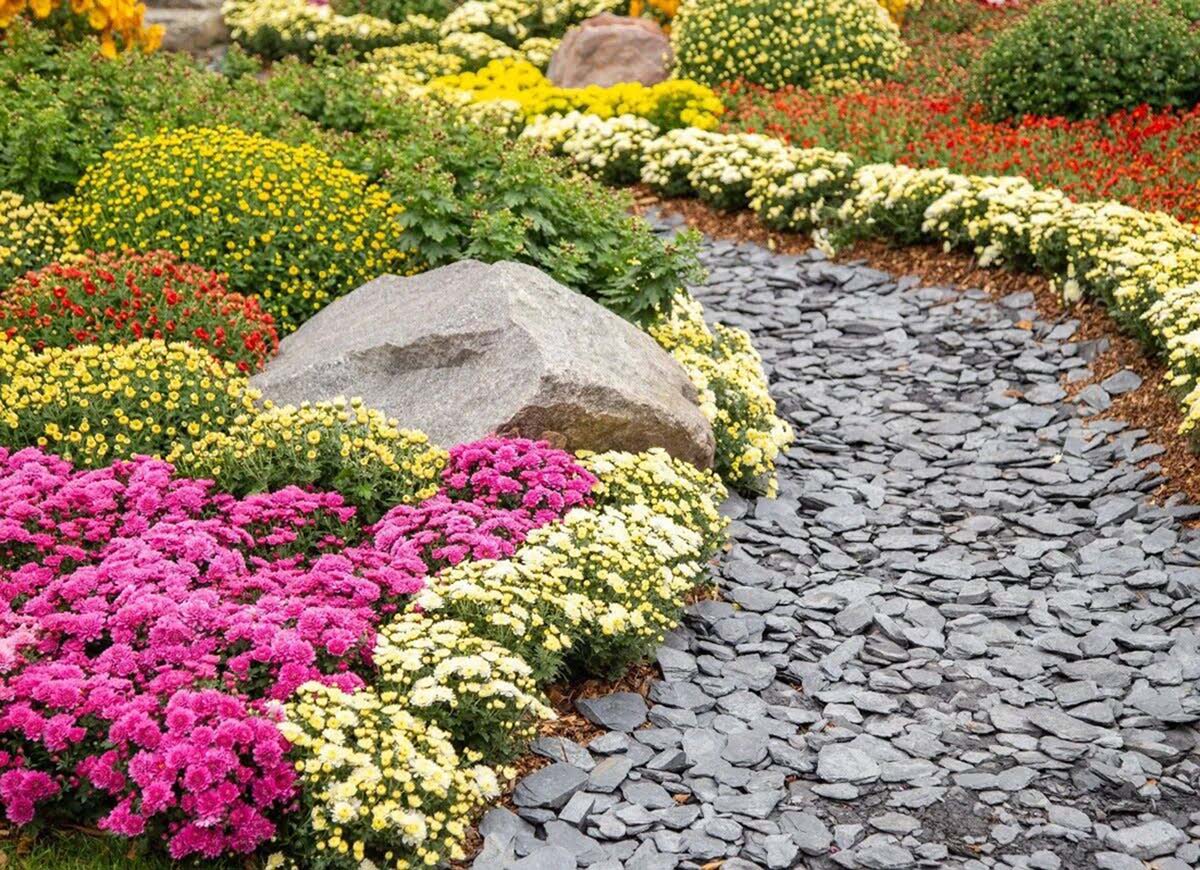
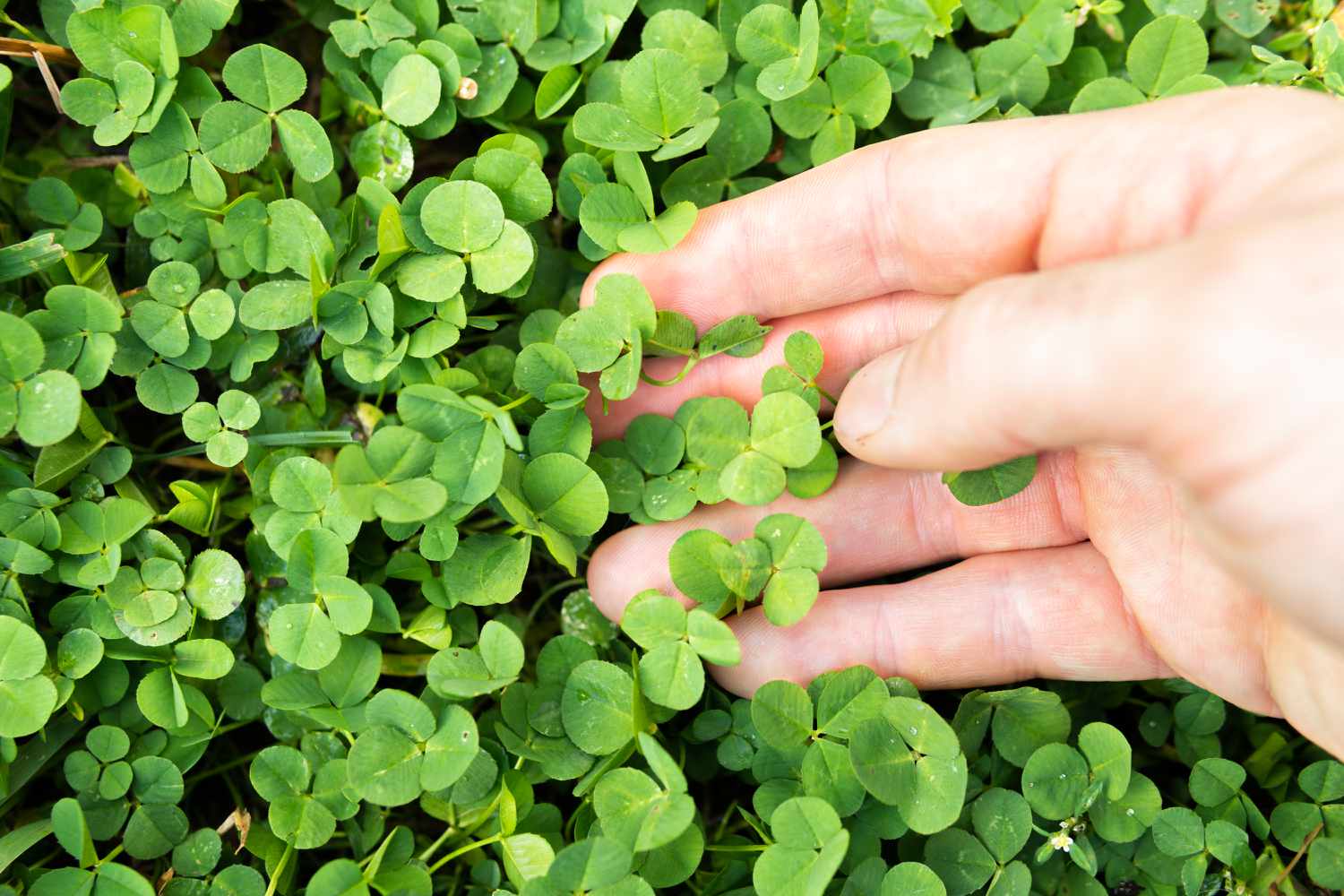
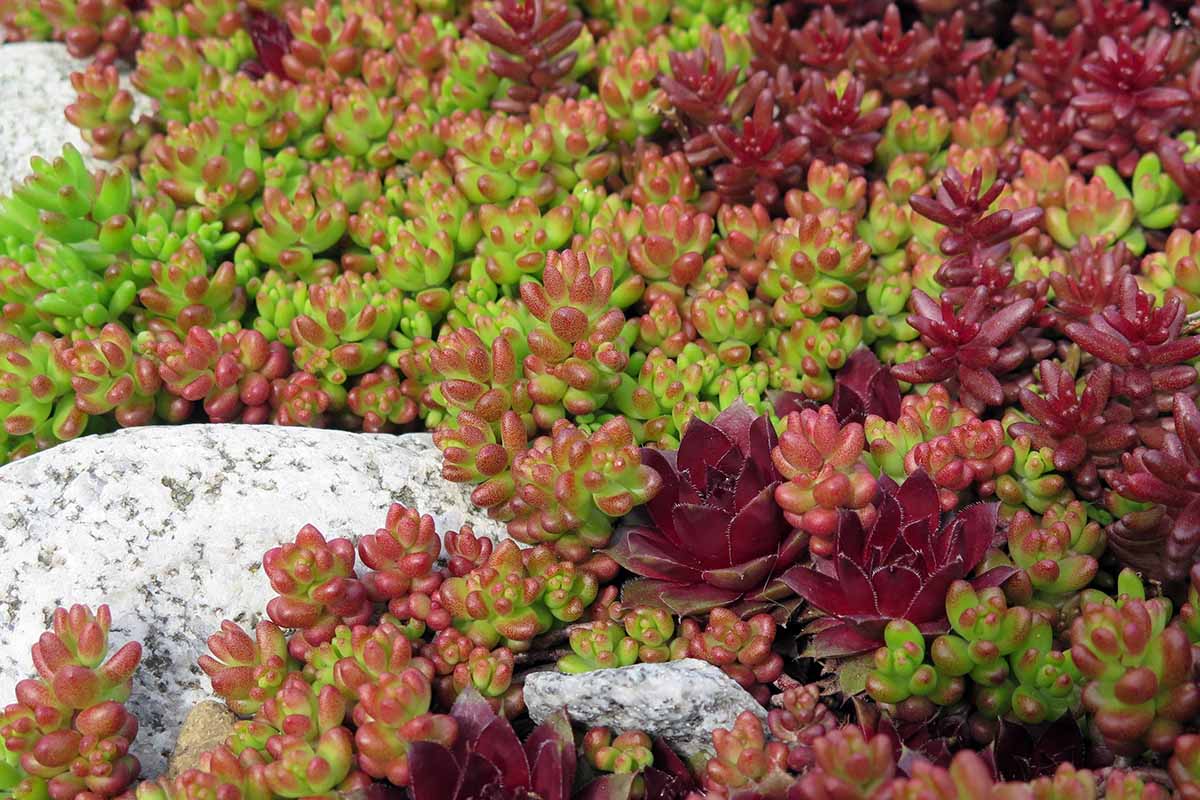
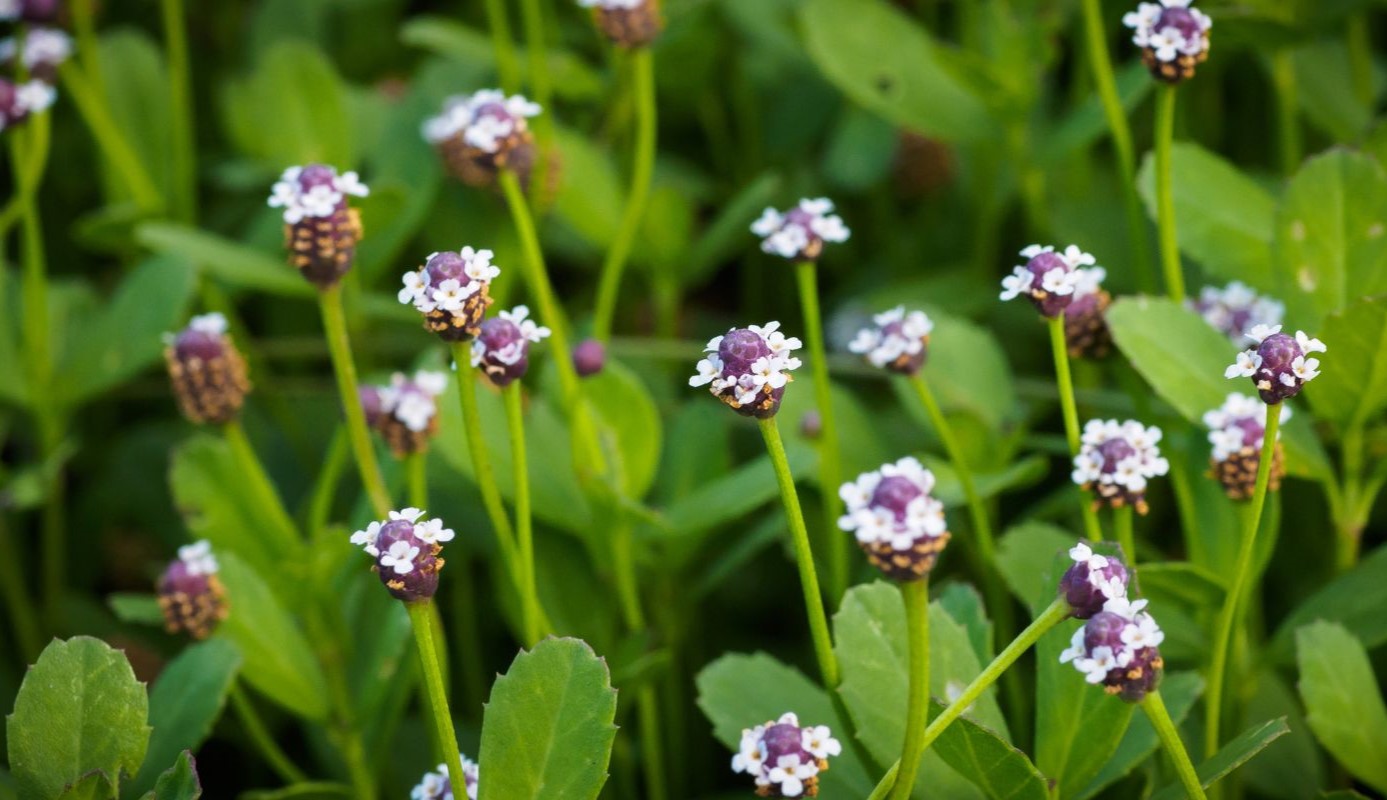
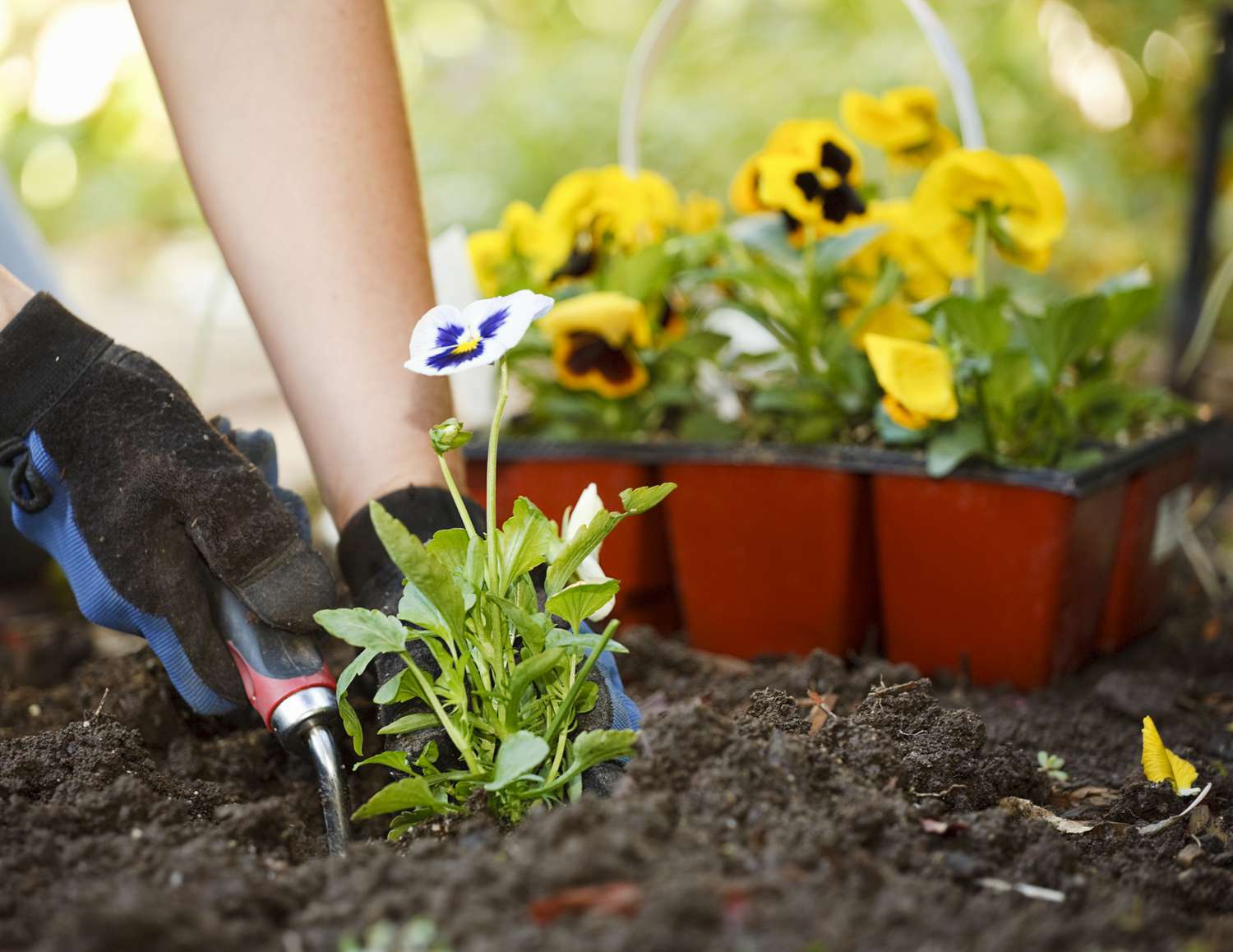
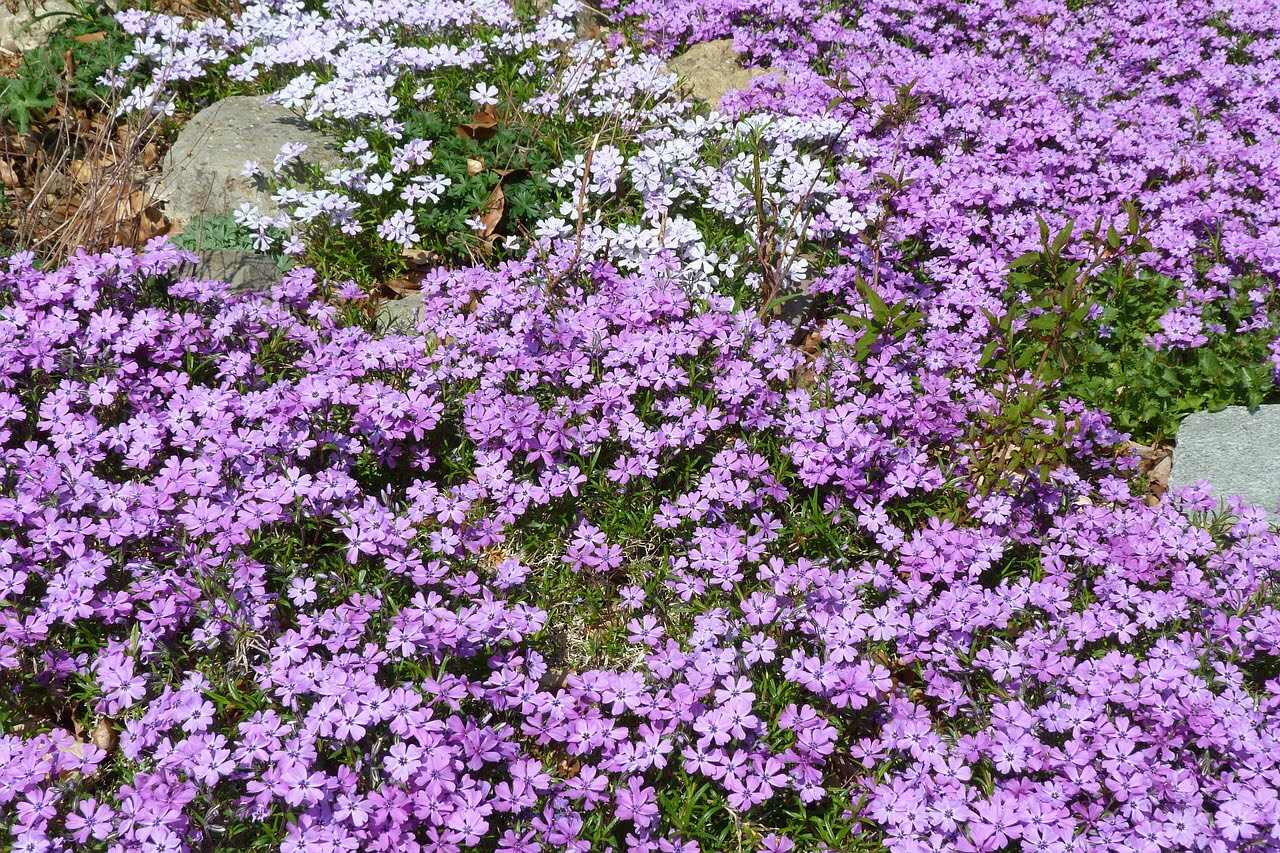
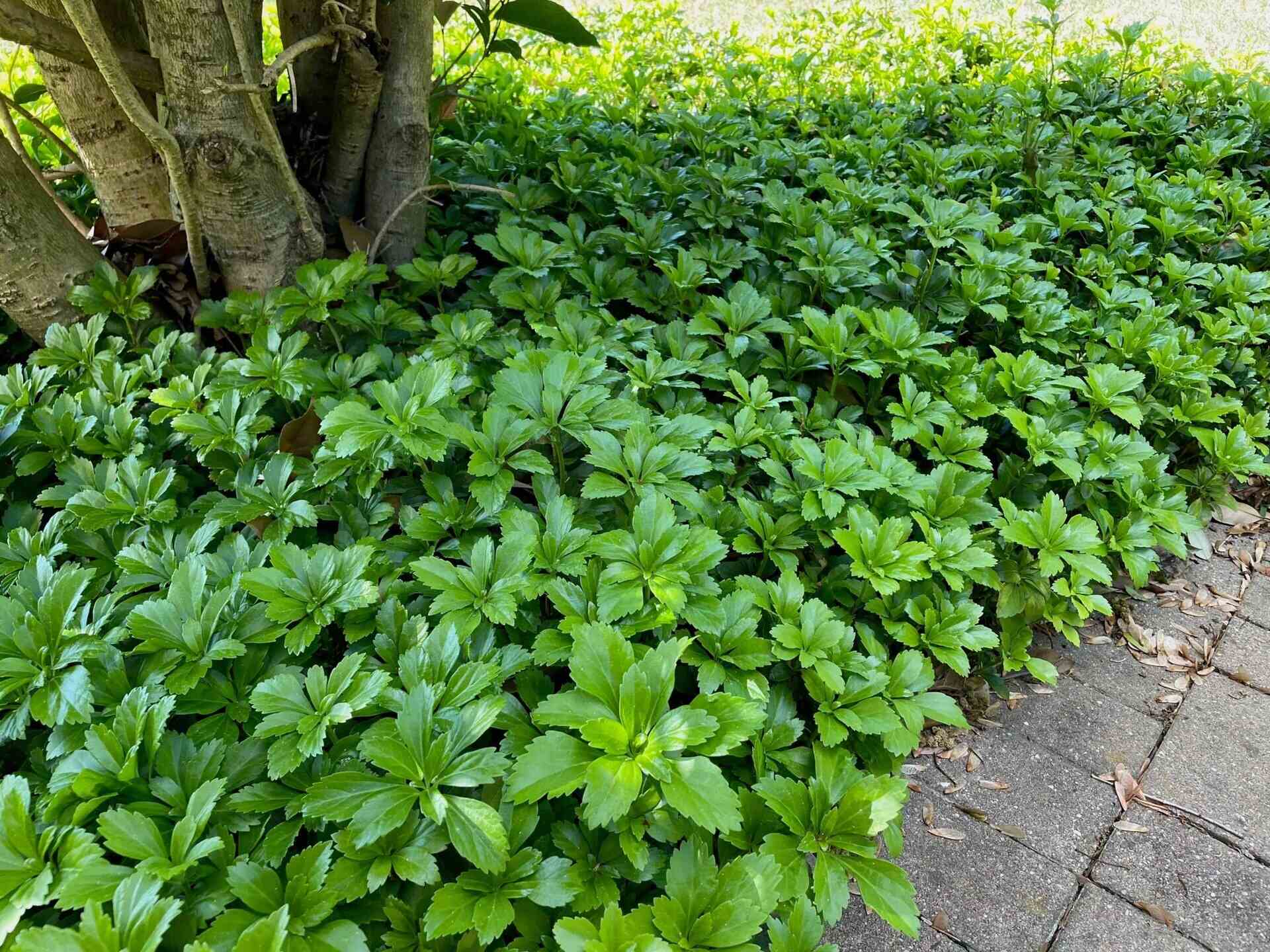

0 thoughts on “What Is A Ground Cover Plant”